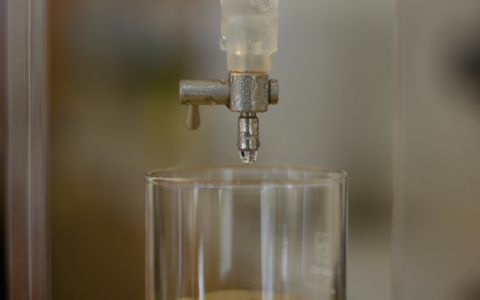Fourteen people took about a hundred samples of soil, water, and food weighing in total 50 kilograms, travelled approximately two and half thousand kilometres in a post-Soviet country, flew and waited for connections dozens of hours. This is a brief summary of the Toxics Free Kazakhstan Expedition of 2013. Its members returned home after fourteen days spent abroad. Now, samples taken from some of the Kazakhstan "hot spots,"that are potentially contaminated by toxic substances will be transported to the specialised laboratories. The labs of the Institute of Chemical Technology in Prague and of the Dutch company, Bio Detection Systems will provide detailed analyses that will be finished approximately by the end of 2013.
Have a look at the photo gallery of the Toxics Free Kazakhstan Expedition 2013 >>
"In total, we visited five so-called 'hot spots' where we expected contamination by toxic substances and potential threat to human health and the environment. The samples will be analysed for heavy metals, such as mercury, and, further, for polychlorinated biphenyls and dioxins. All of these substances have considerably adverse effects on human health. The Arnika Association has implemented the whole project in cooperation with the Institute of Chemical Technology in Prague. The places for sampling were selected with assistance of representatives of local organisations EkoMuzeum and CINEST. Without their work, the expedition could not take place at all," said RNDr. Jindřich Petrlík, head of the Toxics and Waste Programme of the Arnika Association, about the circumstances of the expedition.
In the selected 'hot spots,' toxic substances may also endanger sources of drinking water which is very valuable in Kazakhstan, a country of steppes and deserts. The samples were taken in cities and villages, as well as near industrial plants, both in operation and closed down.







